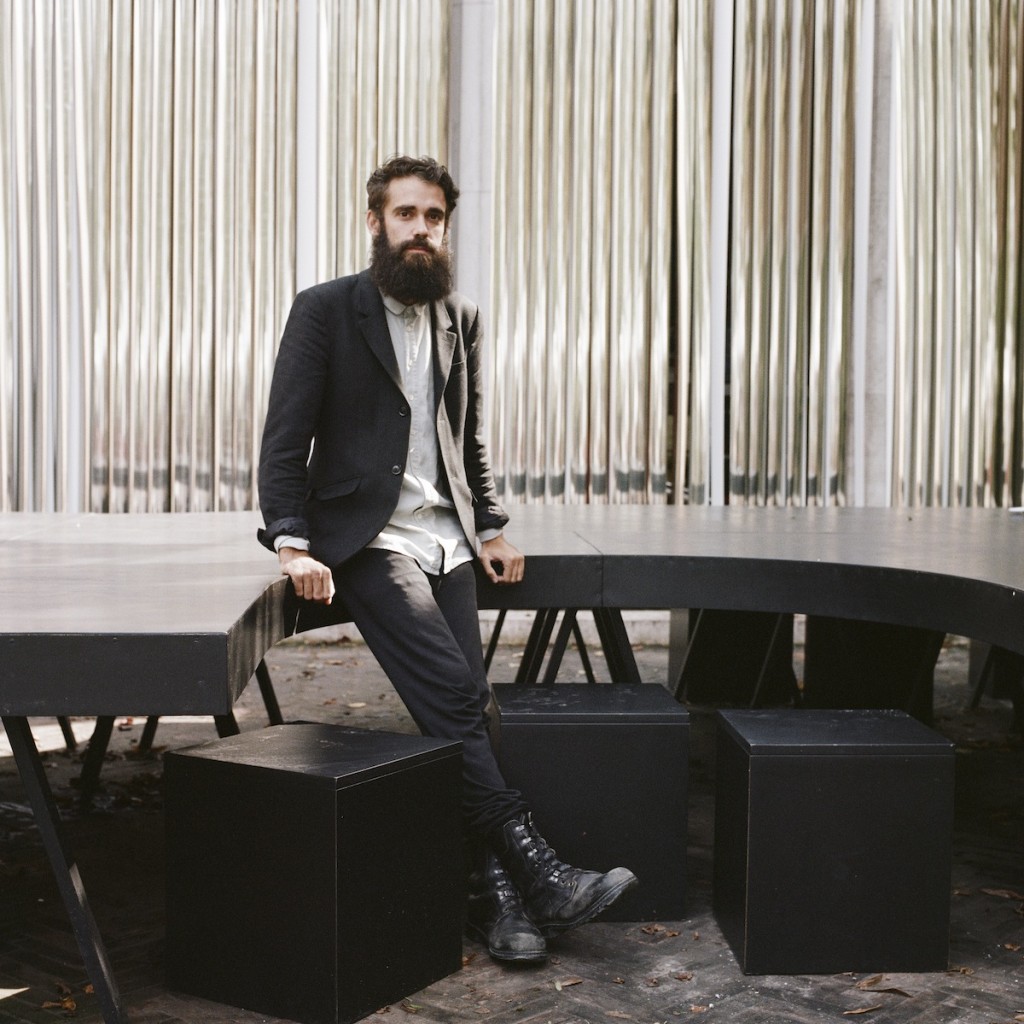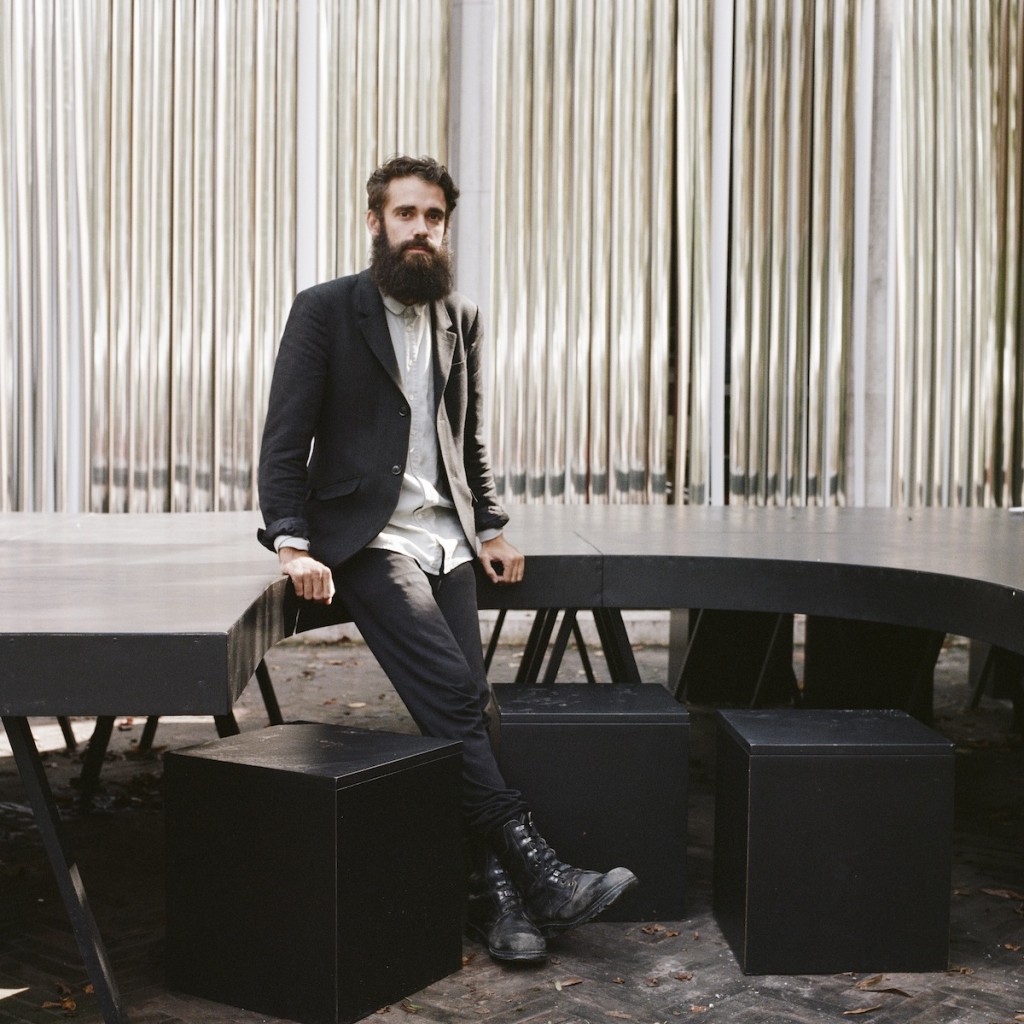Your story in few lines, Daniel Fernández Pascual
I was born 30 years ago in Burgos, north of Spain, two hours from Madrid, a place with very good lamb (he smiles). I studied architecture and then worked with some firms of the sector. Then I got different grants to keep on doing research projects moving from country to country, which I really enjoy. I did Urban Design in Berlin then I moved to Shanghai. In each city I developed a specific project on that space for a period of almost one year. I was following spatial interests, quite often about the transgression of the law, about how people play with the threshold of legality/illegality in order to make their own life in these jungles. In terms of using different spaces, abandoned buildings…
In Berlin I dealt a lot with those architectural practices happening in the night due to the fact that the city has a pioneering approach to the laws regulating this issue. As in Shanghai, by exploring the informal markets of counterfeit goods, which are the labyrinths where these goods are sold. I also researched real estate speculation, especially how tactics and speculation develop. Then I met Alon in London and we went to Alaska together…(he smiles).
“Mind the atmosphere, OfficeUS, including you, is working”.
Which has been your role in activating the pavilion research and then, once in Venice, making it work?
The interesting part of OfficeUS is that the curators have chosen people with very different backgrounds as partners: not only geographically (where they come from or where they grew up or work) but also for the research approach, the perspective and the tools they use in their own practice. Specifically Alon and I, we look at the spaces of production and consumption of food (also in the buildings that are part of the exhibition). One example of a Cooking Sections piece we made recently at OfficeUS has been “Who owns the Guggenheim Effect Cocktail” that is a cocktail based on the Bilbao famous museum, on which a controversy has been shaking the architecture world and beyond. What happened: an Italian chef in Bilbao started to produce a pasta with the shape of the building. Then he received a phone call from the Guggenheim Foundation claiming the production because the chef was not owning the copyright of the image of the building (the Foundation is the same owning the US Pavilion at the Giardini of the Biennale, the sole national pavilion of the historical site that actually does not belong to a State; it is also the same institution producing and facilitating any participation of USA at the different Venice Biennales).
According to the debate originating from this story we’re questioning who actually owns the building shape and who can detect this kind of right on a building façade that definitively entered into the public imagery as that architecture, since it is immersed in the fabric of a city. What we did is to take the copy of the copy of the building, we remade the pasta in different ways and created a tomato-based cocktail: then ate and drank it. The debate is still not reaching a clear answer but is still alive and goes back and forth. These kinds of questions, that include re-appropriation and other reflections, are becoming more and more common. The focus is not on copying, but on who owns or does not own an original idea and why.
Designing a political statement with edible sources (it doesn’t matter if they are assuming the feature of a pudding or of a fur made by lamb), has been a bold task also run by other artists. But the Cooking Sections approach is very much intrigued by large scale international political issues and a very keen architectural approach.
One of our topics is the idea of boundary and of boundary lines that affect many disciplines dealing with space. Not only as political borders, but boundary as means of urban planning. As for the ‘fur’ project you mentioned above, it uses this kind of lenses. It is about conflict but also about landscape and in that particular case it was about the waste of food and what you can do with an original dish in a Spanish region (where they consume an incredible quantity of lamb whose skin or fur is wasted). What do you do with this waste and which kind of profit can you create? So we created a new brand strategy to mark landscape and local economies. Similarly to what happens with champagne, roquefort and any other special food or landmark for other EU regions. How do we choose the correct strategy? We created a brand, a label where the numbered and limited editions creations made out of the wasted fur have been very expensive. The actual label is more expensive to make than the product it represents.
Which has been your most unexpected meeting you had in recent times either in your work or in your normal life?
It is not an easy question. Maybe I can think of special people, but I would compromise my relation with others not mentioned. So I could mention unexpected meetings with objects instead. It is like an encounter with something that will influence life or practice or both. My most unexpected meeting is with a photograph I have since I was 8 years old. My parents bought a new TV at that time. The cardboard box wrapping the TV was enormous. It was the biggest box I ever had in my life and refused that they would throw it away. The box stayed in the living room. It became my little house all that summer. At night I slept inside it and during the day I was using it as a table or container. The picture of me encountering that box is amazing, it has been a very unexpected thing (with the years you can see how much it affected me).
What does society for you and what do you do for society?
We talked about this a lot! My sister complains with me. While I am constantly getting public funds and grants to perform or research, she is constantly having fines to park her car in the wrong place. The more fines she pays, the more she contributes to grants I could have. So I am very happy of any of her new fines (he smiles). But more seriously, there is a social responsibility to give back something in return when you get public funding. Often it is challenging, you have lots of pressure. We are often called to specify what we will offer in return: to the commissioners, to the conflicts we are working on…It is a constant exchange between what you have and what you give, and it is always a kind of compromise.
Which are the books and the music with you in these days in Venice – if there is anything in particular?
I have been listening today to the OfficeUS soundtracks that you can find and listen on our website. In the last week I have in my ears the one that plays backwards the so-called Music for the Office (Muzak).
Books: maybe one of the most relevant ones for our work this year has been the one we found, which consists of a compilation of posters and has a very little amount of texts (just the opposite of Extrastatecraft, that we love too). It is the counterpart of it, made by the Empire Marketing Board in the UK back in the 1930s: a committee promoting the goods from the Commonwealth. The posters are beautiful and made with many different styles. That compilation made us think a lot, and inspired us for the Empire Christmas Pudding project.
A talent you do and do not have?
My non-talent is singing.
How do you manage to live a “slow” life?
Usually we do many things at the same time and the time management works very well.
What have you learned from life?
Many things – or nothing?
Daniel Fernández Pascual has been pictured by Laura Volpato, Treviso, outside the U.S. Pavilion, Giardini Biennale, Venice, with Hasselblad.

